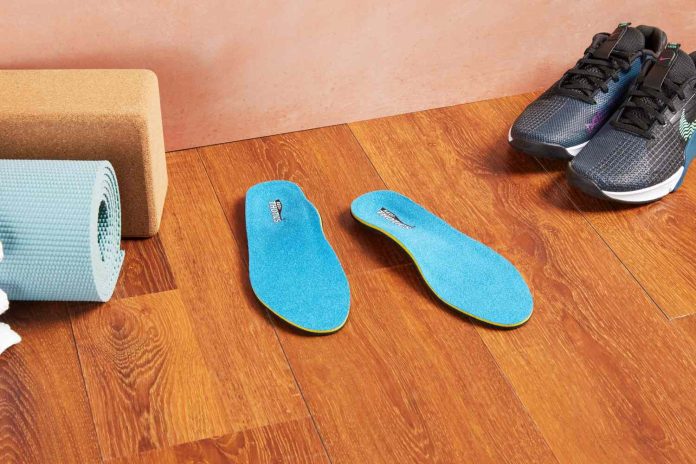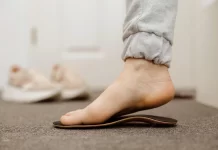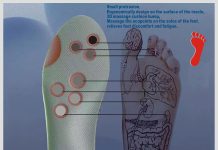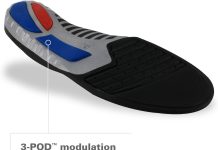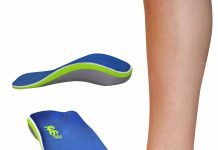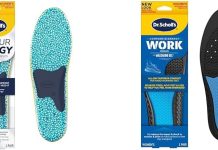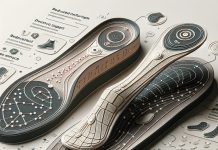Have you ever wondered if those trusty Dr. Scholls inserts providing your feet with comfort and support for countless hours are still up to the task?
Well, you’re not alone! This article explores whether Dr. Scholl’s inserts can go bad and lose effectiveness over time. So, read on as we uncover the truth about the longevity of these beloved foot companions.
Do Dr Scholls Inserts Go Bad?
When it comes to our feet, comfort is vital. Many rely on shoe inserts to provide the necessary support and cushioning to keep our feet happy. Dr. Scholl’s inserts have become popular for people seeking relief from foot pain and discomfort.
But just like any other product, these inserts can start to deteriorate over time. In this article, we will explore the signs of wear and tear that indicate it’s time to replace your Dr Scholls inserts and discuss the importance of proper care and storage.
Signs of Wear and Tear
One of the first indications that your Dr Scholls inserts may be reaching the end of their lifespan is visible signs of wear and tear. Over time, constant use and pressure can cause the materials to break down, resulting in fraying or even holes in the inserts. Keep an eye out for any visible damage, as this can compromise the effectiveness of the insert and potentially lead to discomfort or further foot issues.
Loss of Support and Cushioning
As Dr Scholl’s inserts age, you may notice a decrease in the support and cushioning they once provided. This is due to the materials compressing over time, losing their original shape and ability to absorb shock.
If your feet are no longer feeling as supported or cushioned as when you first started using the inserts, it may be a sign that it’s time to replace them.
Foul Odor
Another sign that your Dr Scholls inserts may be past their prime is the presence of a foul odor. Bacteria and fungi thrive in warm, moist environments; our shoes provide the perfect breeding ground for these microorganisms. Over time, these organisms can accumulate on your inserts, resulting in an unpleasant odor.
While regular cleaning and proper care can help prevent this issue, if your inserts consistently emit a strong smell that is difficult to get rid of, it may indicate that it’s time for a new pair.
Discoloration
Discoloration of the inserts may also be a sign of their deteriorating condition. If your once-white Dr Scholls inserts have turned yellow or brown, it could indicate bacterial or fungal growth.
Additionally, discoloration may be caused by the accumulation of sweat and oils from our skin, which can break down the materials over time. While slight discoloration may be expected, significant color changes may warrant replacing the inserts.
Excessive Compression
The materials used in Dr. Scholl’s inserts are designed to compress and conform to the shape of your feet, providing a custom fit. However, over time, these materials can lose their ability to bounce back and recover their original shape.
If your inserts no longer bounce back after being compressed, it could be a sign that they have reached the end of their lifespan. This lack of resilience can reduce support and cushioning for your feet.
Length of Use
The length of time you have been using your Dr. Scholls inserts can also determine whether they need to be replaced. While the inserts are designed to be durable, they are not meant to last indefinitely.
Most manufacturers recommend replacing insoles every six months to a year, depending on the usage level. If you have been using your inserts consistently for an extended period, it may be time to consider purchasing a new pair.
Quality of Materials
The quality of the materials used in your Dr Scholls inserts can impact their lifespan. Cheaper, lower-quality materials may start to break down more quickly than higher-quality alternatives. Pay attention to the composition of the inserts and opt for those made with durable, long-lasting materials. Investing in a higher-quality product may save you money in the long run, as you won’t have to replace them frequently.
Storage and Care
Proper storage and care can also extend the lifespan of your Dr Scholls inserts. When not in use, it is essential to keep them in a dry, well-ventilated area to prevent the accumulation of moisture and bacteria.
Regularly cleaning and allowing them to air dry can help remove sweat and oils that can break down the materials. Additionally, rotating between multiple pairs of inserts can help prolong their lifespan by allowing each pair to dry out between uses thoroughly.
Replacing Dr. Scholls Inserts
If you have noticed any of the signs discussed above or simply feel that your Dr Scholls inserts are no longer providing the support and comfort you need, it’s time to consider replacing them.
Fortunately, Dr Scholls offers a wide range of insert options to suit different needs and foot conditions. Take the time to research and select the best option for your specific requirements, and remember to follow the manufacturer’s recommendations for use and replacement.
Conclusion
While Dr. Scholl’s inserts can provide invaluable support and comfort for your feet, they are not immune to wear and tear. It is essential to pay attention to the signs of deterioration, such as visible damage, loss of support and cushioning, foul odor, discoloration, and excessive compression.
Additionally, factors like the length of use, quality of materials, and proper storage and care play a significant role in determining the lifespan of your inserts. By being mindful of these factors and knowing when to replace your Dr Scholls inserts, you can continue to enjoy the benefits of comfortable and supported feet.

